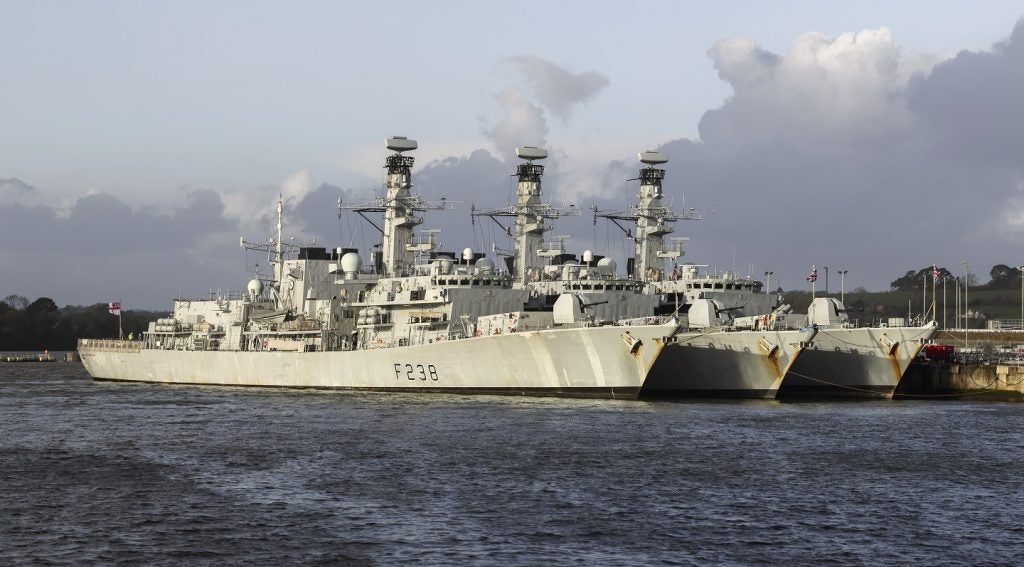
Babcock has taken over the full upkeep requirements for the UK Royal Navy’s Type 23 frigates following the award of a contract to manage the type’s operational availability, requiring the company to take end-to-end responsibility for maintenance and regeneration.
According to Babcock the move will free up Royal Navy personnel for front-line operations and create new roles for the company’s engineering technicians and managers at its Devonport Royal Dockyard facility, which is located inside Devonport Naval Base – the largest naval base in Western Europe.
The move requires Babcock to take on board the additional tasks of addressing emergent defects and contracted upkeep projects. The process has already seen Babcock’s combined Refit Support Group and Upkeep project teams deliver the Type 23 frigate HMS St Albans to sea three months ahead of schedule, the company stated.
Babcock Marine Support technical director, Martin Burns, stated the new agreement was a “great step towards de-risking Type 23 upkeep programme delivery”.

As of 12 April 2024, five Type 23 Frigates were available, with the remaining six in various stages of refit and not available for operations, according to the UK Government. This is a slight decrease in availability from mid-January when the Royal Navy had seven Type 23 frigates operational.
Although the Royal Navy technically has 11 Type 23 frigates still in service – reduced from 13 following the early decommissioning of HMS Monmouth (in 2021) and HMS Montrose (in 2023) – it is thought likely that HMS Westminster will not return to see again after being found to be in poor condition after entering upkeep in 2022.
The Type 23 frigates HMS Northumberland and Kent will begin refurbishment work this year with the installation of four new diesel engines under the Power Generation Machinery Upgrade programme.
An ageing fleet: Type 23 maintenance difficulties
The length of time that a Type 23 frigate has been spending in refit and refurbishment programmes is increasing, according to 2023 data, as the fleet ages and becomes more difficult to maintain. Each ship of the class was originally intended to have an 18-year service life before replacement, but this has been extended through a series of refits and recertifications.
From 2011 to 2017, each of the then 13 Type 23 frigates underwent a LIFEX or refit period, with the duration of each programme ranging from 12 months up to 36 months. This increased from 2018 onwards, with the first three vessels to undergo earlier work returned to the shipyards for between 37 to 49 months.
In line with vessel class certification rules, the out-of-service date of warships can be extended for a maximum of six years following completion of each upkeep maintenance programme.
The cost to refit and maintain the ageing class is also a factor, with HMS Iron Duke’s 2023 refit costing more than £100m ($125m). By comparison, in the financial year 2023-2024, £100m was allocated for Type 23 refits, according to official figures.




